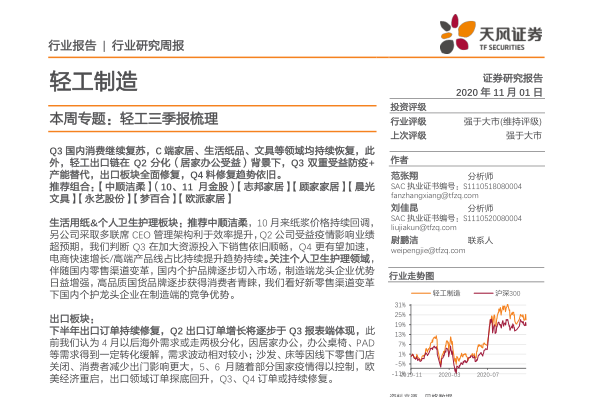0
卷积方向和输出形状很重要!
 ↑↑↑↑↑ 1D Convolutions - Basic ↑↑↑↑↑
↑↑↑↑↑ 1D Convolutions - Basic ↑↑↑↑↑
- 仅1个方向(时间轴)即可计算转化
- 输入= [W],滤波器= [k],输出= [W]
- 例如)输入= [1,1,1,1,1],过滤器= [0.25,0.5,0.25],输出= [1,1,1,1,1]
- 输出形状为一维数组
- 示例)图形平滑
tf.nn.conv1d 代码示例
import tensorflow as tf
import numpy as np
sess = tf.Session()
ones_1d = np.ones(5)
weight_1d = np.ones(3)
strides_1d = 1
in_1d = tf.constant(ones_1d, dtype=tf.float32)
filter_1d = tf.constant(weight_1d, dtype=tf.float32)
in_width = int(in_1d.shape[0])
filter_width = int(filter_1d.shape[0])
input_1d = tf.reshape(in_1d, [1, in_width, 1])
kernel_1d = tf.reshape(filter_1d, [filter_width, 1, 1])
output_1d = tf.squeeze(tf.nn.conv1d(input_1d, kernel_1d, strides_1d, padding='SAME'))
print sess.run(output_1d)
 ↑↑↑↑↑ 2D Convolutions - Basic ↑↑↑↑↑
↑↑↑↑↑ 2D Convolutions - Basic ↑↑↑↑↑
- 2个方向(x,y)进行计算转换
- 输出形状为二维矩阵
- 输入= [W,H],过滤器= [k,k]输出= [W,H]
- 示例)Sobel边缘滤波器
tf.nn.conv2d 代码示例
ones_2d = np.ones((5,5))
weight_2d = np.ones((3,3))
strides_2d = [1, 1, 1, 1]
in_2d = tf.constant(ones_2d, dtype=tf.float32)
filter_2d = tf.constant(weight_2d, dtype=tf.float32)
in_width = int(in_2d.shape[0])
in_height = int(in_2d.shape[1])
filter_width = int(filter_2d.shape[0])
filter_height = int(filter_2d.shape[1])
input_2d = tf.reshape(in_2d, [1, in_height, in_width, 1])
kernel_2d = tf.reshape(filter_2d, [filter_height, filter_width, 1, 1])
output_2d = tf.squeeze(tf.nn.conv2d(input_2d, kernel_2d, strides=strides_2d, padding='SAME'))
print sess.run(output_2d)
 ↑↑↑↑↑ 3D Convolutions - Basic ↑↑↑↑↑
↑↑↑↑↑ 3D Convolutions - Basic ↑↑↑↑↑
- 3个方向(x,y,z)进行计算转换
- 输出形状为三维体积
- 输入= [W,H,L],过滤器= [k,k,d]输出= [W,H,M]
- d<L很重要!对于音量输出
- 示例)C3D
tf.nn.conv3d 代码示例
ones_3d = np.ones((5,5,5))
weight_3d = np.ones((3,3,3))
strides_3d = [1, 1, 1, 1, 1]
in_3d = tf.constant(ones_3d, dtype=tf.float32)
filter_3d = tf.constant(weight_3d, dtype=tf.float32)
in_width = int(in_3d.shape[0])
in_height = int(in_3d.shape[1])
in_depth = int(in_3d.shape[2])
filter_width = int(filter_3d.shape[0])
filter_height = int(filter_3d.shape[1])
filter_depth = int(filter_3d.shape[2])
input_3d = tf.reshape(in_3d, [1, in_depth, in_height, in_width, 1])
kernel_3d = tf.reshape(filter_3d, [filter_depth, filter_height, filter_width, 1, 1])
output_3d = tf.squeeze(tf.nn.conv3d(input_3d, kernel_3d, strides=strides_3d, padding='SAME'))
print sess.run(output_3d)
Input & Output in Tensorflow


收藏
 理工酷
理工酷
 资源下载
资源下载








